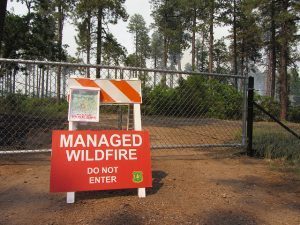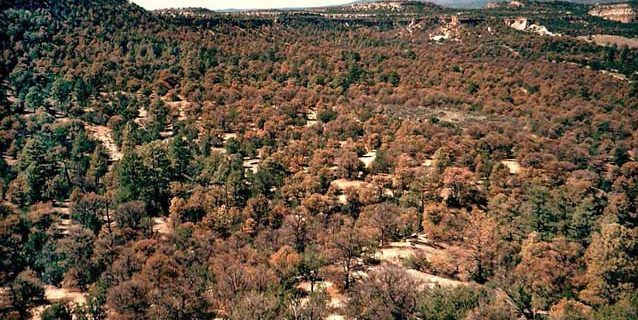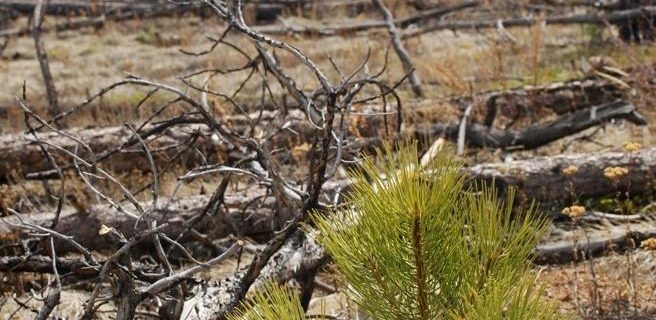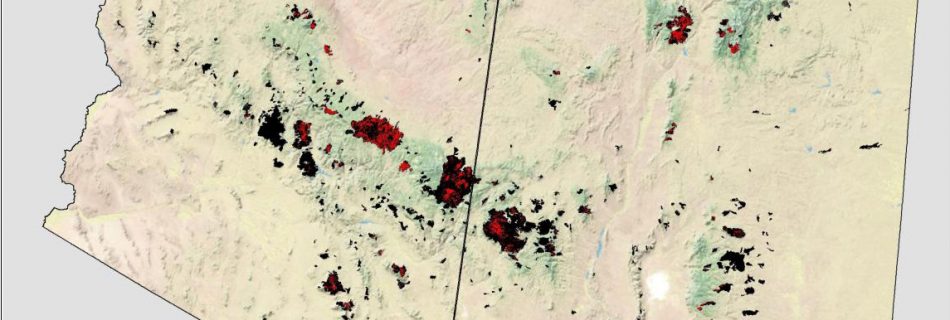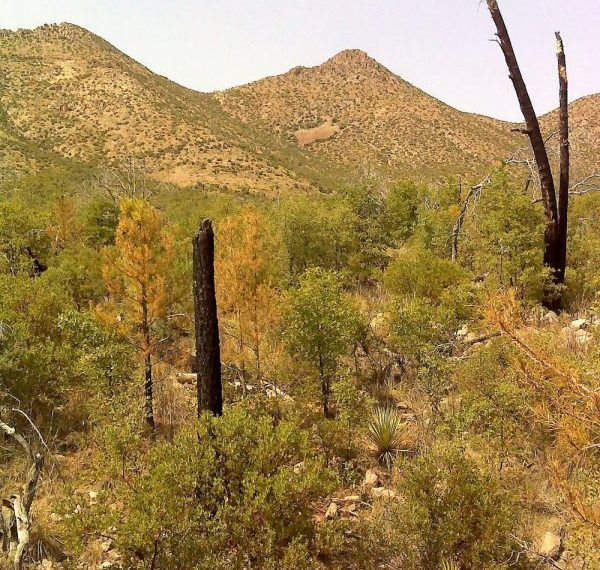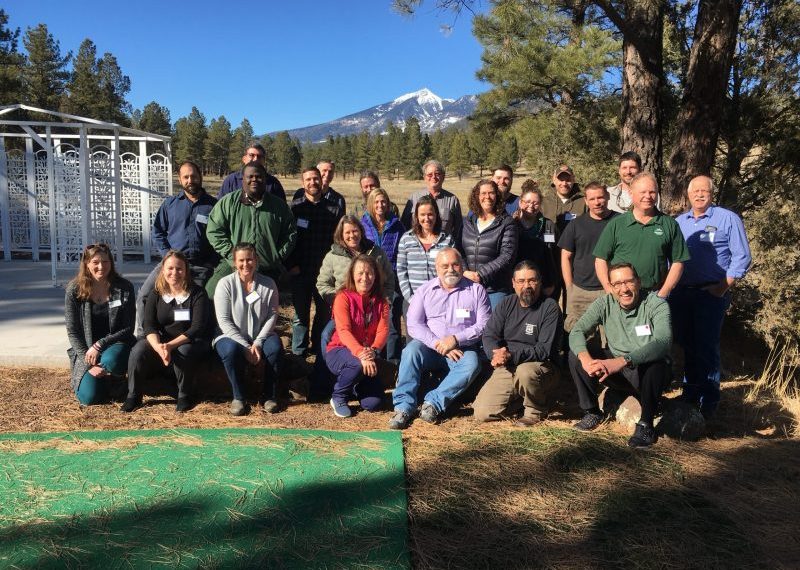Do high severity burns lead to conversion to new forest types or a shift from forests to shrublands or grasslands? How do wildlife respond to changing habitats? And, finally, what do these changes tell us about how these ecosystems will respond to climate change? We visited the sites of the 2000 Pumpkin Fire and 2003 Aspen Fire, and talked to researchers who have been studying how forests and wildlife respond to high severity burns. View the YouTube video here.
April 12, 2017: Efficacy of resource objective wildfires for restoring ponderosa pine ecosystems in N. Arizona
Efficacy of resource objective wildfires for restoring ponderosa pine ecosystems in northern Arizona Date: April 12, 2017 11am AZ/12pm MDT Presenter: David Huffman, Ecological Restoration Institute, Northern Arizona University Historical interruption of frequent surface fire regimes and decades of fire exclusion have resulted in degraded ecological conditions in ponderosa pine (Pinus ponderosa) forests of the American …

